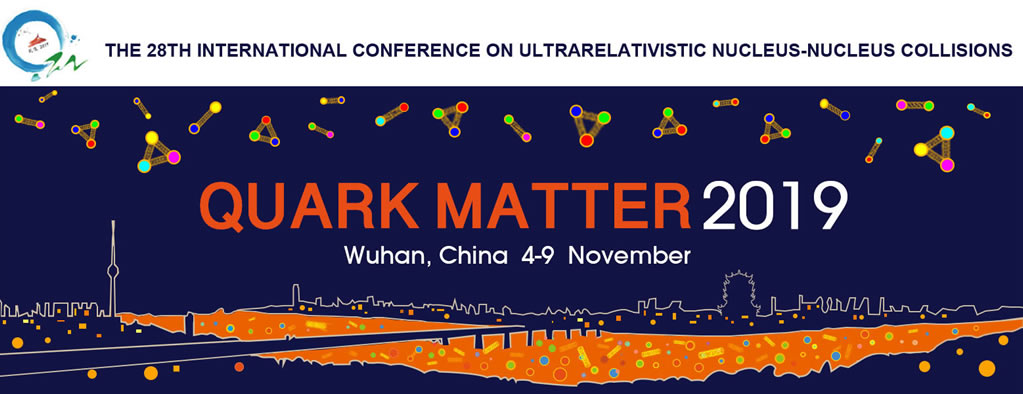Speaker
Description
In the presence of the large initial angular momentum occurring in non-central heavy-ion collisions, vector mesons can be polarized due to spin-orbital-angular-momentum interaction or they can be polarized during the hadronization process from polarized quarks. Experimentally, this phenomenon can be studied by measuring the angular distribution of the decay daughters of vector mesons with respect to a quantization axis in the rest frame of vector meson. This quantization axis can be the normal to the production plane (defined by the momentum of vector meson and the beam axis) or normal to the reaction plane (defined by the impact parameter and the beam axis) of the system. The study of the angular distribution leads to the estimation of the spin density matrix element $\rho_{00}$. A significant deviation of the value of $\rho_{00}$ from 1/3, which causes a non-uniform angular distribution, would indicate the presence of spin alignment.
We will present recent measurements of spin alignment for K$^{*}(892)^{0}$ and $\phi(1020)$ mesons at mid-rapidity in Pb-Pb and pp collisions with the ALICE detector. The transverse momentum, centrality and energy dependence of $\rho_{00}$ will be shown. The results will be discussed together with those obtained for the K$_{\rm S}^{0}$ scalar meson and obtained with respect to the random orientations of the production and event planes.
